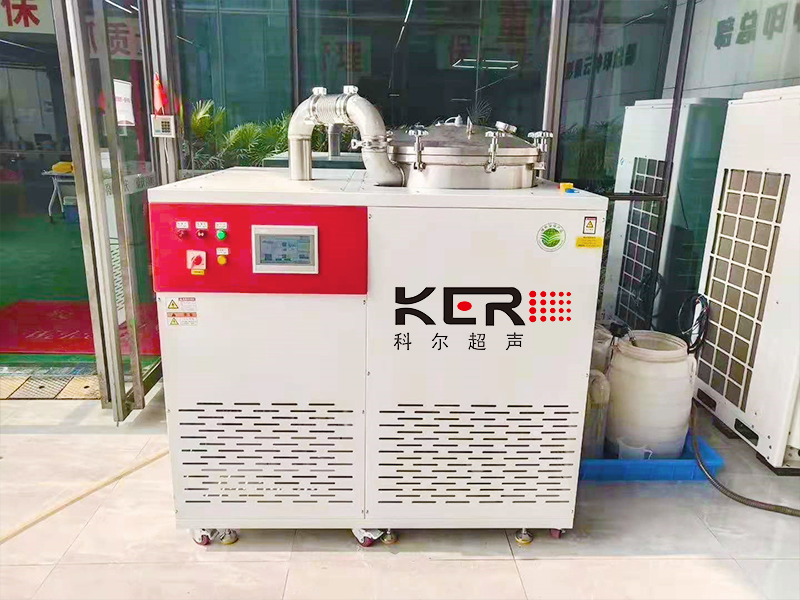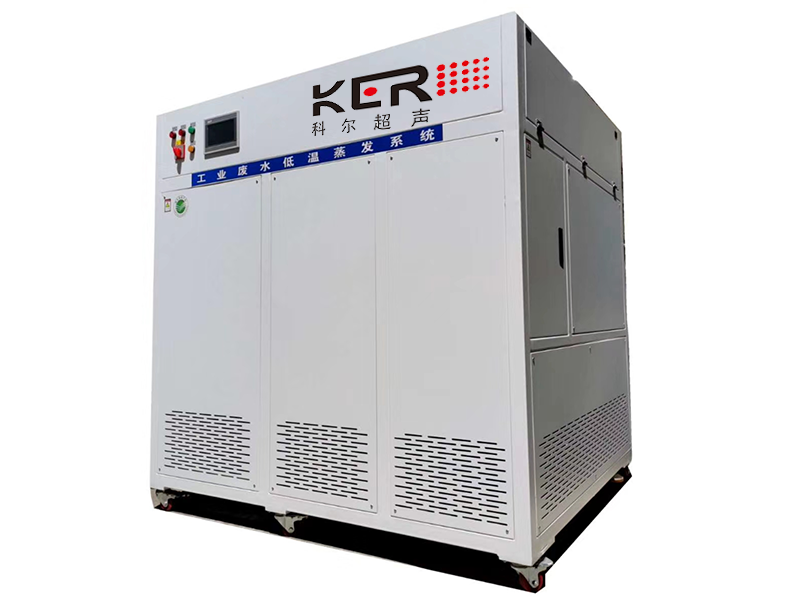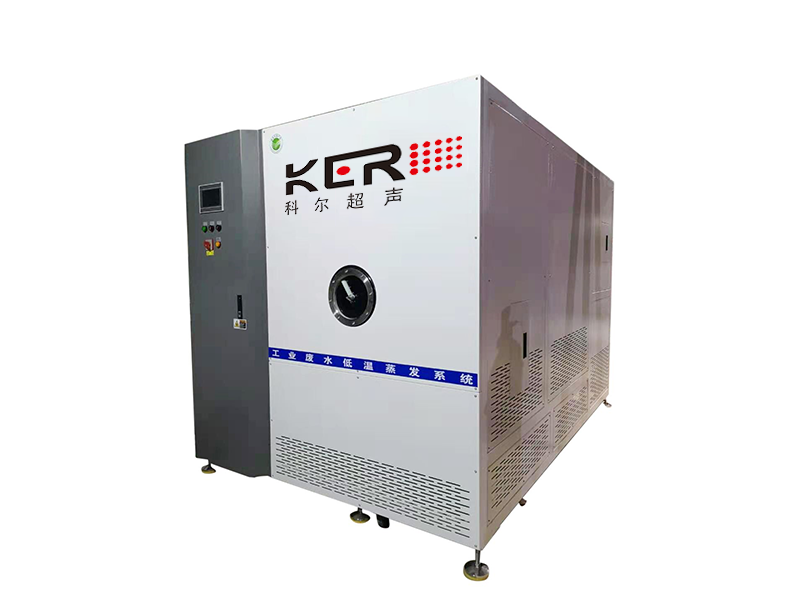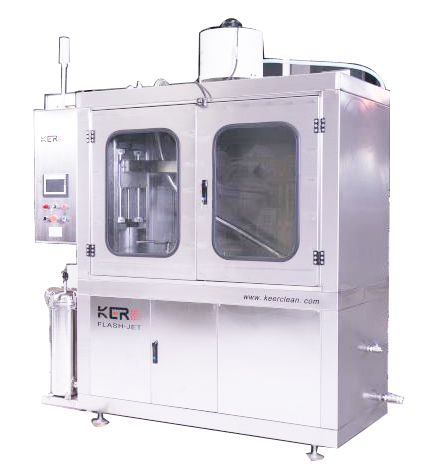
超(chāo)聲波清洗機使用步驟詳解
作者:創始人來源:http://www.ahfanglei.com/時間:2025-06-05
超聲波清洗機利用高頻聲波在液體中產生的空化效應,能夠高效去除物體表麵及微小縫隙中的汙(wū)漬,廣泛應用於精密機械、電子器件、醫療器械等領域。其操作流程可分為四個關鍵(jiàn)步驟,每個環節均需規範執行以確保清洗效果與設備安全。
Ultrasonic cleaning machines utilize the cavitation effect generated by high-frequency sound waves in liquids to efficiently remove stains from object surfaces and tiny gaps. They are widely used in precision machinery, electronic devices, medical equipment, and other fields. The operation process can be divided into four key steps, each of which needs to be executed in a standardized manner to ensure cleaning effectiveness and equipment safety.
第(dì)一步:清洗前(qián)準備
Step 1: Preparation before Cleaning
需根據待清洗物品的材質與汙漬類型選擇合適的清洗液。例(lì)如,金屬零(líng)件可選用中性(xìng)或弱堿性清洗劑(jì),光學器件則需使用無腐蝕性的純(chún)水(shuǐ)或專(zhuān)用溶劑。清(qīng)洗液(yè)需倒入清洗槽至指定(dìng)刻度線,避免過量導致溢出(chū)。同時,需檢查設備電源線、換能器及清洗槽是否完好,確保無破損或泄漏風險。對於易損物品(pǐn),如鍍層零件(jiàn)或軟質塑料,建議先進(jìn)行(háng)小範圍(wéi)測試,確認清洗液(yè)與超聲波參數兼容後(hòu)再(zài)進行(háng)全麵清洗(xǐ)。
Choose the appropriate cleaning solution based on the material and stain type of the item to be cleaned. For example, neutral or weakly alkaline cleaning agents can be used for metal parts, while non corrosive pure water or specialized solvents should be used for optical components. The cleaning solution should be poured into the cleaning tank to the designated mark to avoid excessive overflow. At the same time, it is necessary to check whether the power cord, transducer, and cleaning tank of the equipment are intact to ensure that there is no risk of damage or leakage. For fragile items such as coated parts or soft plastics, it is recommended to conduct small-scale testing first to confirm that the cleaning solution is compatible with ultrasonic parameters before conducting a comprehensive cleaning.
第二步:設備參數設置
Step 2: Equipment parameter setting
根據物品特性設定清洗溫度與時間。通常,清洗溫(wēn)度控製在40℃至60℃之(zhī)間,以增強清洗劑活性;清洗時間(jiān)則依(yī)據(jù)汙漬頑固(gù)程度調整,一般5至30分鍾即可。對於精密器件,需避免溫度過高(gāo)或時間過長(zhǎng)導致(zhì)變形。此外,需選擇合適的超聲波頻(pín)率,20kHz至40kHz適用於大多(duō)數場景,而40kHz以上高頻則更適合微小(xiǎo)汙漬的去除。參(cān)數設(shè)定後,需預熱清洗液至設定溫度,確保清洗過程穩定性。
Set the cleaning temperature and time based on the characteristics of the item. Usually, the cleaning temperature is controlled between 40 ℃ and 60 ℃ to enhance the activity of the cleaning agent; The cleaning time is adjusted according to the degree of stubborn stains, usually 5 to 30 minutes. For precision components, it is necessary to avoid deformation caused by excessive temperature or time. In addition, it is necessary to choose a suitable ultrasonic frequency. 20kHz to 40kHz is suitable for most scenarioses, while high frequencies above 40kHz are more suitable for removing small stains. After setting the parameters, it is necessary to preheat the cleaning solution to the set temperature to ensure the stability of the cleaning process.

第三步:清洗過程執(zhí)行
Step 3: Execution of Cleaning Process
將待(dài)清洗物品放入清(qīng)洗(xǐ)籃或支架中,避免直接(jiē)接觸清洗槽底(dǐ)部,以防劃(huá)傷或空化不(bú)均。物品間需保持適當間距(jù),確保超聲波穿透性。啟動設備後,觀察清洗液表麵是否產生均(jun1)勻的微(wēi)小(xiǎo)氣泡,這是空化效應正常工(gōng)作的標誌(zhì)。清洗過程中,可適時晃動物品或調(diào)整位置,以改善隱蔽部位的清洗效(xiào)果。對(duì)於頑固汙漬,可結合噴淋或刷洗進(jìn)行輔助,但需避免(miǎn)使用金屬刷具以防損傷物品表麵。
Place the items to be cleaned into the cleaning basket or bracket, avoiding direct contact with the bottom of the cleaning tank to prevent scratches or uneven cavitation. Proper spacing should be maintained between items to ensure ultrasonic penetration. After starting the device, observe whether uniform small bubbles are generated on the surface of the cleaning solution, which is a sign of normal operation of cavitation effect. During the cleaning process, items can be shaken or adjusted in position in a timely manner to improve the cleaning effect of concealed areas. For stubborn stains, spraying or brushing can be used as an auxiliary, but metal brushes should be avoided to prevent damage to the surface of the item.
第四步:清洗後處理
Step 4: Post cleaning treatment
清洗完成後,需先關閉超聲波電源,再取出物品並用清水衝洗,避(bì)免殘留(liú)清洗液腐蝕物品。對於精密器件,建議使用去(qù)離(lí)子水進行終末漂洗(xǐ)。幹燥方式需根據物品特性選擇,如(rú)壓縮空氣吹幹、真空幹(gàn)燥或自然晾幹,避免高溫烘幹導致變(biàn)形。最後,需排放清洗液並清(qīng)潔清洗槽,防止汙漬沉積影響下次使用。長期停用時,需保持設備幹燥並覆蓋防塵罩,以延長使(shǐ)用壽命。
After cleaning, turn off the ultrasonic power first, then remove the item and rinse it with clean water to avoid residual cleaning solution corroding the item. For precision components, it is recommended to use deionized water for final rinsing. The drying method should be selected according to the characteristics of the item, such as compressed air drying, vacuum drying, or natural air drying, to avoid deformation caused by high temperature drying. Finally, it is necessary to drain the cleaning solution and clean the cleaning tank to prevent stains from depositing and affecting the next use. When the equipment is not in use for a long time, it is necessary to keep it dry and cover it with a dust cover to extend its service life.
本文由(yóu)全(quán)自動超聲波清洗機友情奉獻.更多有關(guān)的知識請點擊:http://www.ahfanglei.com91污將會對您提出的疑問進行詳細的解答,歡迎您登錄網(wǎng)站留言.
This article is a friendly contribution from CNC high-pressure cleaning machine For more information, please click: http://www.ahfanglei.com We will provide detailed answers to your questions. You are welcome to log in to our website and leave a message
推薦產品
推薦文章
 公(gōng)司:濟南科爾超(chāo)聲波設備有限(xiàn)公(gōng)司
公(gōng)司:濟南科爾超(chāo)聲波設備有限(xiàn)公(gōng)司  熱線:18663767799
熱線:18663767799 地(dì)址:山東省濟(jì)南市(shì)濟陽(yáng)區創業路與啟航街交叉(chā)口南40米
地(dì)址:山東省濟(jì)南市(shì)濟陽(yáng)區創業路與啟航街交叉(chā)口南40米








 常見(jiàn)問題
常見(jiàn)問題

 聯係91污
聯係91污
 谘(zī)詢電話:18663767799
谘(zī)詢電話:18663767799 E-MAIL:jnkergs@163.com
E-MAIL:jnkergs@163.com 地址:山東省濟南市濟陽區創業路與啟航街交叉口南40米
地址:山東省濟南市濟陽區創業路與啟航街交叉口南40米 魯公網安備 37011202001385號
魯公網安備 37011202001385號
